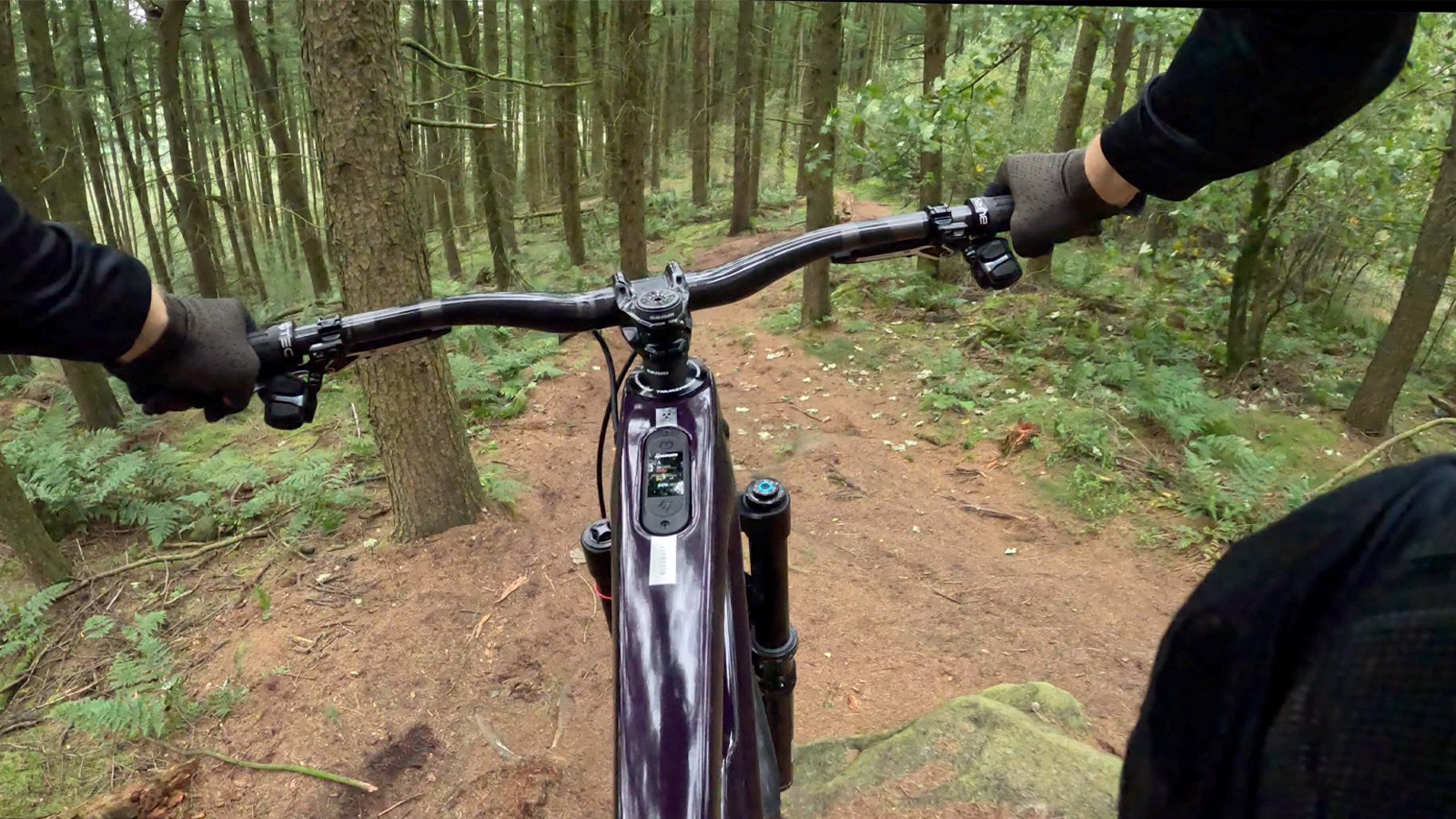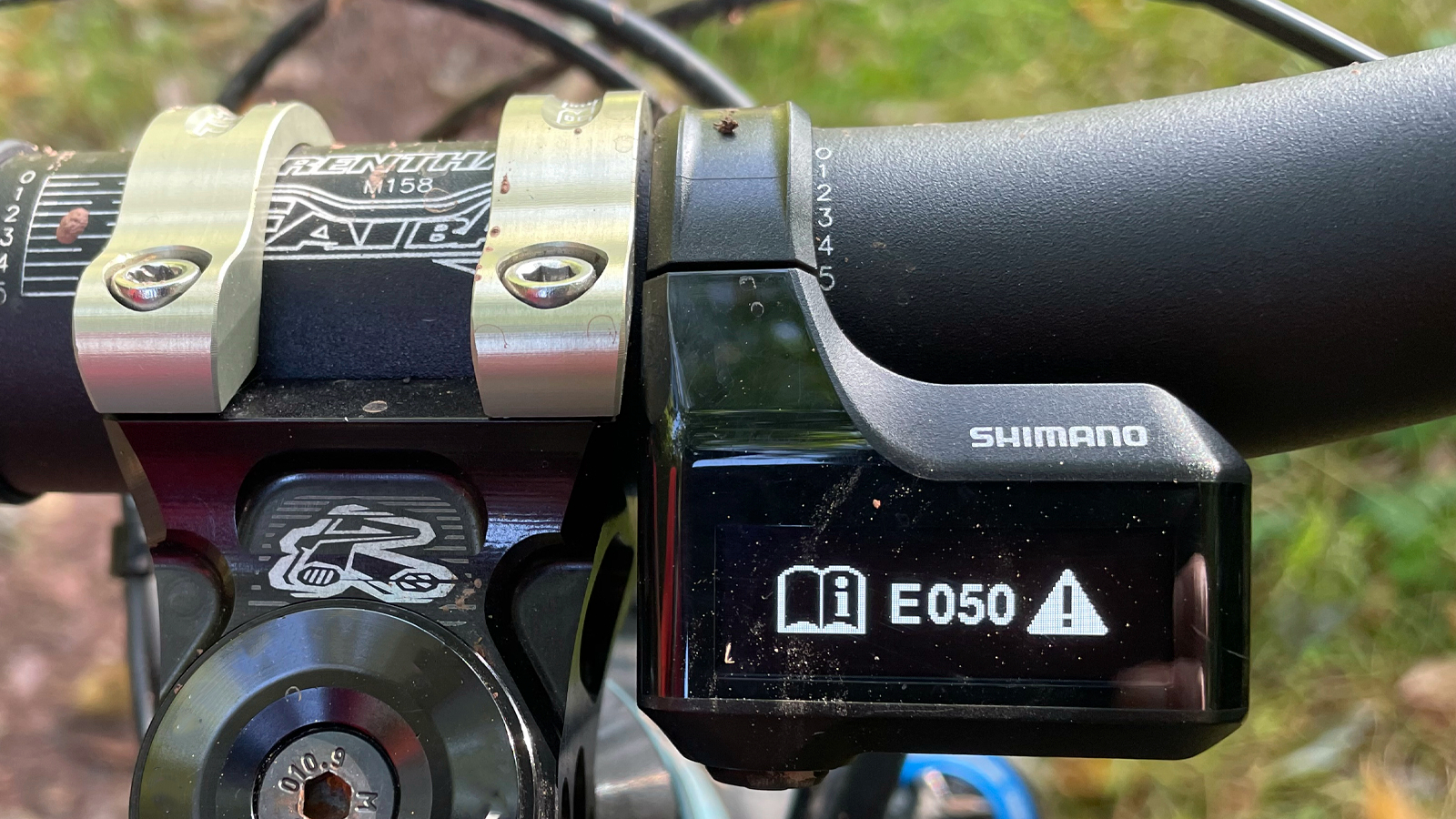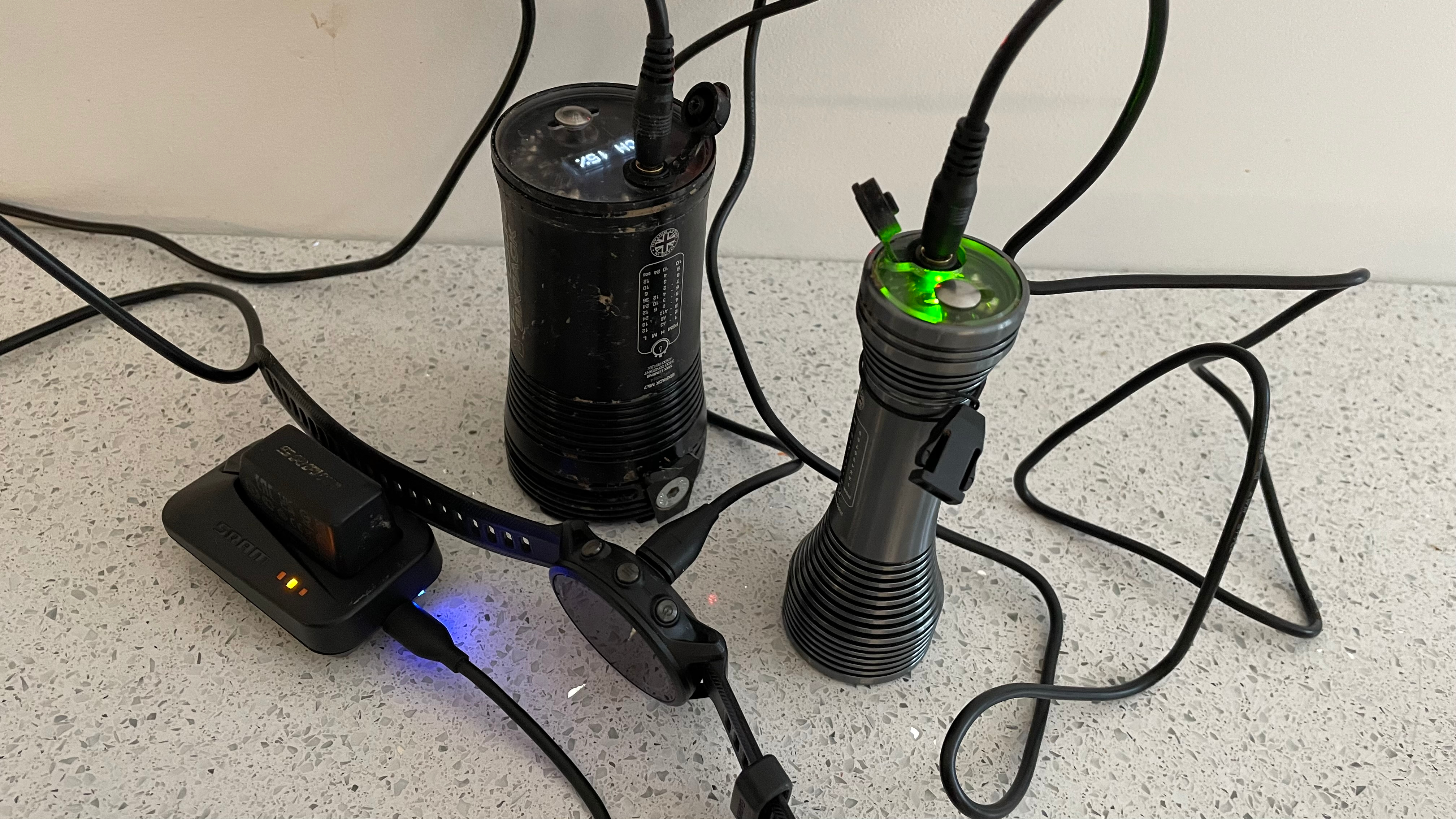Here's how the latest electronic MTB tech could ruin your next ride
Rich Owen ponders whether mountain bikes and technology are really a happy match and whether we should all channel our inner Luddite

From the moment Gary Fisher, Joe Breeze, Charlie Kelly and the rest of the founding fathers started turning fat tired Schwinn cruisers into proto mountain bikes, the touchpaper of MTB progression was lit. Mountain biking evolution has continued at an extremely rapid pace for over 50 years and despite going down a few blind alleys, has mostly moved in the right direction.
Most recently, that continued drive for better has seen bikes being festooned with electronic technology. But along with the astounding wonders of wireless shifting, electronically controlled suspension, auto-shifting gears and e-MTBs, the many problems that plague modern technology have started to infect mountain bikes too. So is that a price worth paying for the ease, convenience and new freedoms of the latest riding tech?
Cards on the table – I’ve fully embraced e-MTBs and bike electronica in general, so until fairly recently, I’d have said a resounding yes to the above. But some bad experiences over the past few months have got me thinking.

Computer says no
Take last night. I was off for a local ride with some mates and it was properly freezing. I’d planned to ride my electronically geared full-sus bike – which I'd last ridden at the weekend without issue. I jumped on my bike and pedaled away, but a few pedal strokes from my garage I realized that my gears weren’t shifting. Shouting apologies, I quickly charged home to change the battery on the mech. Battery switched but still no joy, so I pulled out my phone and synced to the manufacturer’s app. “Firmware update required” was the command, so I waited a few minutes while my mates and I got ever colder in the freezing air as the software downloaded and installed. Update complete, but still no shifting despite the batteries showing full charge – I was perplexed but had no idea on what to do next. Rather than faff around any longer while everyone got colder and the sounds of mutinous abandonment grew louder, I decided to ditch the bike, jump on a low tech hardtail and the ride finally began.
Another recent incident involved e-MTBs. I’d driven to a riding spot an hour from home with a riding comrade. We were about to depart when my friend had a problem. The motor system on his bike was immediately shutting down as soon as he switched it on. We tried everything we could think of – disconnecting and reconnecting wires, removing and reinserting the battery, but no joy. We were trying to search for the issue online, but deep into remote woods the phone signal was iffy. Eventually, we downloaded the motor user manual, but that was no help either. An hour of faffing and still no joy, we were still screwed.
Unfortunately, I've got many more personal examples, but these two both illustrate a big problem with electronic technology on bikes – most of us don’t have the experience or know-how to deal with the issues that come with this new gear.
As a very experienced riding friend and ex-professional bike mechanic pointed out while having to look up online on how to dial-in the indexing on a particular wireless mech pre-ride the other week, “If this was a conventional setup, I’d be sorted ages ago”. Which was very true. The vast majority of us have acquired enough trailside fettling skills to overcome pretty much any mechanical issue that occurs, but it’s a very different scenario when it comes to the latest tech.
Electronic problems range from the annoying – pre-ride updates, flat mech/suspension/dropper battery and even Strava ride recording fails, to the potentially catastrophic – battery life on a light dying in the cold, or e-MTB motor malfunction mid-way through a ride in the wilds.

AXS of evil?
There's a parallel between conventional bikes and pre-1990s cars, as all servicing and maintenance jobs could be done by the home mechanic given the right skills and equipment. Modern vehicles with CPU controlled systems and sophisticated tech need professional specialist attention and the same is starting to happen to bikes.
If conspiracy theories are your thing, perhaps making the home bike mechanic redundant could be one particular endgame for the shadowy cabal that killed 26-inch wheels, introduced Boost and are constantly looking for cunning new ways to make your current bike obsolete? But given that the struggling bike industry is undoubtedly looking for new ways to sustain itself, perhaps that idea is not so far-fetched?
But going back to the original point of this article, is electronic tech a benefit or a curse when it comes to mountain biking? While there are undoubtedly lovers and there are definitely many haters, the answer, as nearly always is with anything, is a pretty nuanced one.
I’ve ridden much of the latest bike electronic tech and been impressed by nearly all of it. I’m yet to ride arguably the most advanced and complex integrated bike system available – SRAM Eagle Powertrain, but after hearing and reading Guy Kesteven froth about it, I can’t wait.
That said, I am acutely aware of all the general tech frustrations that accompany these innovations and to be honest, part of my love of MTB is being out in the real world away from phones, computers etc, so injecting tech problems into my bike seems a strange thing to do.

Of course, there are still a great many fantastic and fully analogue bikes to choose from, but undoubtedly over the years, electronic tech will continue to creep into more and more MTBs. Whether conventional bikes are ever fully phased out, I think that’s unlikely, though you might struggle to find a high-end bike that’s fully CPU-free in a few years time.
Another thing to keep in mind, is that we’re still on early generations for much of the electronic gear that’s currently in play and it will only get more robust and reliable as advancements are made. Many of the components that we now take for granted were plagued with problems at first – hydraulic brake systems that would boil during every descent, suspension forks that filled with water and iced up in winter, halogen lights with an hour’s run-time and even tubeless tires were pretty crap for way too long.
As for me, I’m going to continue to embrace the new tech, despite the frustrating issues it can bring. That said, I’ll be keeping an analogue bike on standby too. But excuse me for now as I’ve got to hit up Google to try and sort out my dodgy wireless mech.

Rich Owen joined the BikePerfect team as editor in 2021. He's worked as a journalist and editor for over 24 years, with 12 years specializing in cycling media. Rich bought his first mountain bike (a rigid Scott Tampico) in 1995 and has been riding MTB for almost 30 years.
Current rides: Merida One-Forty 6000, Banshee Paradox, YT Jeffsy Core 3, Saracen Ariel 30 Pro
Height: 175cm
Weight: 69kg
